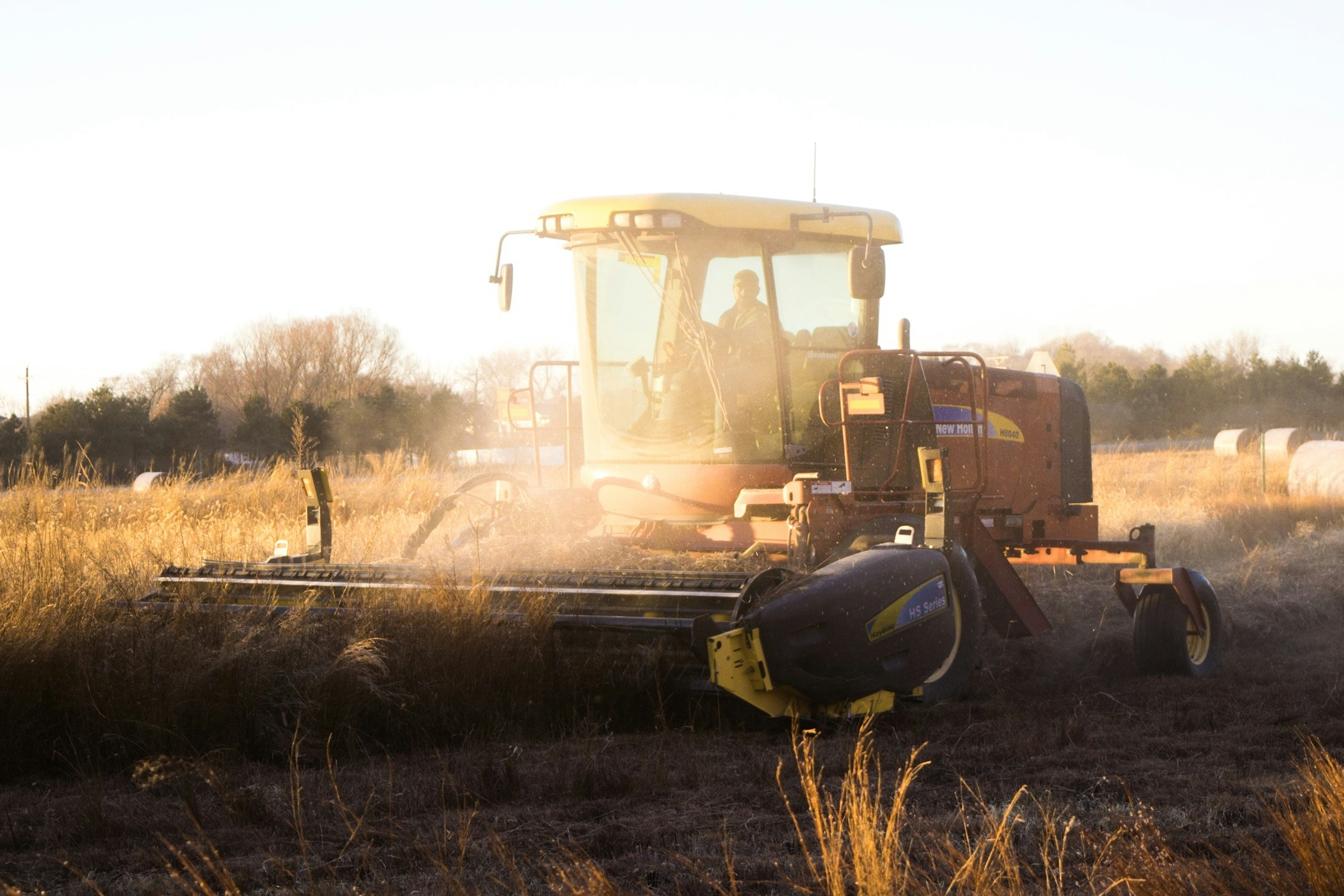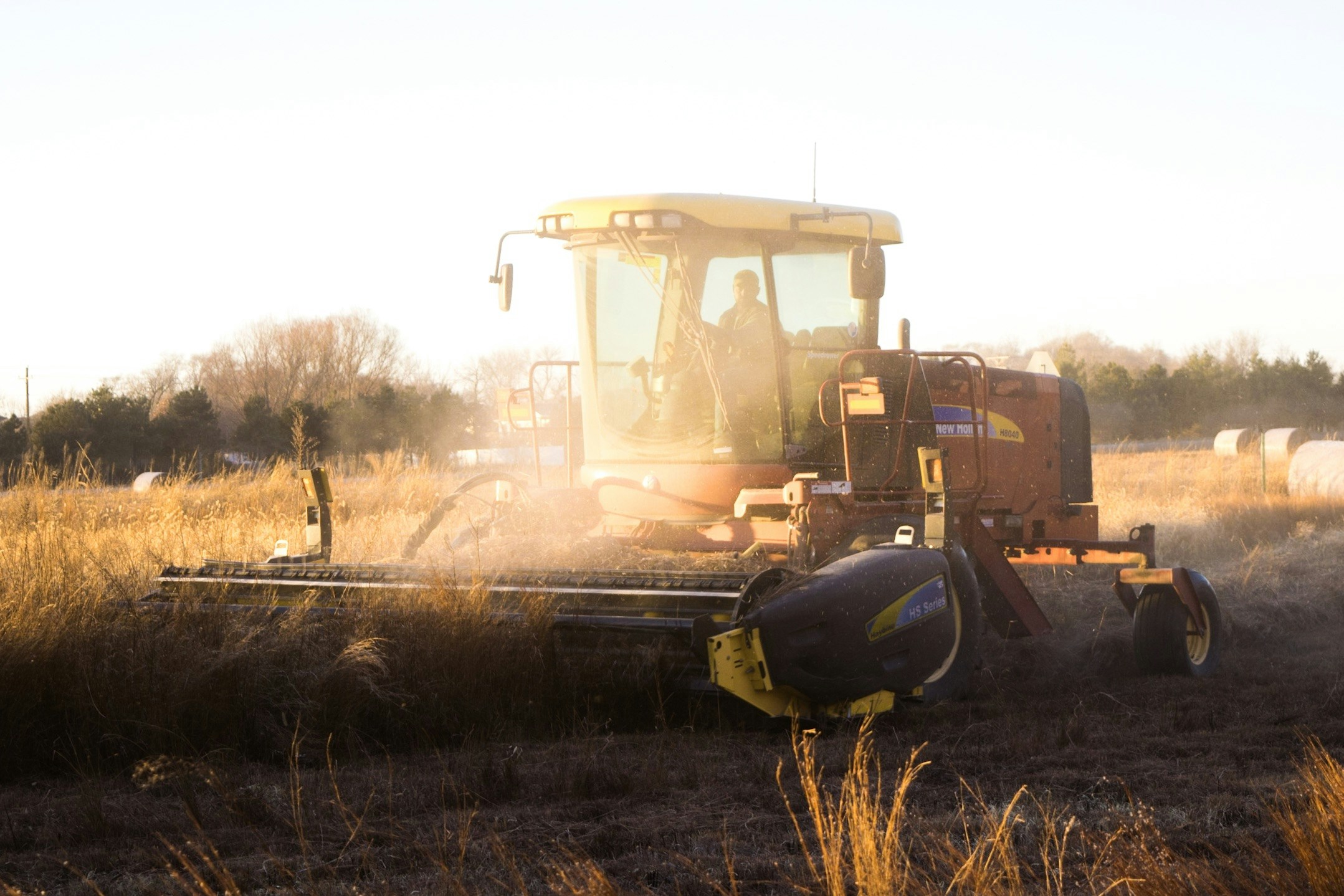
What Features Should You Look for in an Automatic Labeling Machine?
Introduction to automatic labeling machines
Imagine a bustling production line where every product is impeccably labeled, streamlining the process and enhancing brand recognition. This dream can become a reality with an automatic labeling machine. These machines are revolutionizing industries by providing speed, accuracy, and efficiency in labeling operations.
Whether you’re running a small business or managing a large-scale manufacturing facility, choosing the right automatic labeling machine can significantly impact your productivity. However, not all machines are created equal; several key features can make or break your investment. Let’s dive into what to consider when searching for the perfect solution for your labeling needs.
Key factors to consider before purchasing an automatic labeling machine
When considering an automatic labeling machine, speed and efficiency should be top of mind. You want a machine that can keep up with your production demands without sacrificing quality.
Label placement accuracy is just as crucial. Misalignment can lead to wasted materials and dissatisfied customers. A precise labeling system ensures each product looks professional and meets regulatory standards.
Compatibility is another key factor. Different products require various label sizes and materials. The ideal machine will adapt easily to your specific needs, saving you time and hassle in the long run.
Think about ease of use and maintenance. A user-friendly interface makes training staff simpler, while low-maintenance machines minimize downtime. Investing in a reliable automatic labeling machine streamlines operations significantly over time.
A. Speed and efficiency
When considering an automatic labeling machine, speed and efficiency are paramount. The right machine can significantly boost your production line’s output.
Look for units that offer high labeling speeds without compromising accuracy. Machines with variable speed settings allow you to adjust according to your needs. This flexibility is crucial during peak production times.
Efficiency goes beyond just speed; it encompasses the entire process of labeling. A well-designed machine minimizes downtime through quick changeovers and easy reloading of labels.
Additionally, consider how the machine integrates into your existing workflow. Seamless operation will enhance productivity and reduce bottlenecks in your packaging line.
Investing in a fast and efficient automatic labeling machine can lead to substantial cost savings over time by optimizing labor costs and reducing waste associated with mislabeling or delays.
B. Label placement accuracy
Label placement accuracy is crucial when selecting an automatic labeling machine. Even the best labels can lose their appeal if they are not positioned correctly. A misaligned label can create a poor impression on customers and affect branding.
When evaluating machines, look for models equipped with advanced sensors or vision systems. These features ensure that each label adheres precisely to its designated spot every time. Consistency in application reduces waste and enhances productivity.
Consider how adjustable the labeling head is as well. Machines should allow easy calibration for different product shapes and sizes without extensive downtime. This flexibility will save you from potential headaches down the road.
Remember, accurate labeling isn’t just about aesthetics; it also impacts compliance with regulations in industries like food and pharmaceuticals, where precise information is critical.
C. Compatibility with different label sizes and materials

When investing in an automatic labeling machine, compatibility is crucial. Different products require varied label sizes and materials. A versatile machine can save you time and money by adapting to these needs.
Consider your product range. If you have multiple items with different dimensions, a machine that easily accommodates various label sizes will be invaluable. This flexibility allows for seamless transitions between different labeling tasks without extensive adjustments.
Material compatibility also plays a significant role. Labels come in paper, plastic, or even specialty finishes like waterproof or tear-resistant options. Ensure the machine can handle these diverse materials reliably to maintain quality across all automatic labeling machine products.
Choosing a labeling machine that excels in both size and material compatibility enhances operational efficiency while meeting your brand’s unique requirements effectively.
D. Ease of use and maintenance
When investing in an automatic labeling machine, ease of use is a critical factor. A user-friendly interface can significantly streamline operations. Look for machines with intuitive controls that minimize training time for your staff.
Maintenance should also be straightforward. Machines designed for easy access to components facilitate regular upkeep and reduce downtime. Check if the manufacturer provides clear guidelines and support resources.
Consider features like tool-less adjustments or self-cleaning options, which can save valuable time. The less complex the maintenance process, the more efficient your production line will become.
Ensure that parts are readily available from suppliers or manufacturers. This accessibility ensures you can quickly replace any worn components without disrupting your workflow.
Types of automatic labeling machines
Automatic labeling machines come in various types, each designed to meet specific packaging needs.
Wrap-around labeling machines are perfect for cylindrical containers. They apply labels that wrap around the entire surface, ensuring complete coverage and a sleek look.
Top labeling machines focus on applying labels to the tops of products, such as jars or boxes. This type is ideal for items that require a clear identification on their upper surfaces.
Front and back labeling machines serve dual purposes by placing labels on both sides of a product simultaneously. This is especially useful for products sold in retail environments where visibility from multiple angles is crucial.
Each type has its unique advantages and caters to different industries and applications. Choosing the right one can significantly enhance your production line’s efficiency and branding efforts.
A. Wrap-around labeling machines
Wrap-around labeling machines are designed to apply labels around the circumference of cylindrical containers. This feature makes them ideal for products like bottles, jars, and cans.
These machines excel in speed and efficiency. They can handle high volumes, making them perfect for production lines that require quick turnaround times. With advancements in technology, many wrap-around labelers now offer precise application with minimal waste.
One of the standout benefits is their ability to accommodate various sizes and shapes of containers. This flexibility allows manufacturers to scale operations without needing multiple machines.
Additionally, they often come equipped with sensors that ensure proper label placement every time. This eliminates errors and enhances product presentation on store shelves. For businesses looking to maintain quality while optimizing processes, wrap-around labeling machinery proves invaluable.
B. Top labeling machines
Top labeling machines are designed to apply labels on the upper side of products. They offer precision and speed, making them ideal for various packaging needs.
These machines work efficiently with a range of product shapes, from flat surfaces to cylindrical containers. Their versatility allows businesses to label everything from boxes to bottles seamlessly.
What sets top labeling machines apart is their ability to handle different types of labels and materials. Whether you’re using paper or synthetic labels, these machines can adapt without compromising automatic labeling machine supplier quality.
Ease of setup is another advantage. Many models come with user-friendly interfaces that simplify operation and adjustments.
Maintenance is often straightforward as well, which helps minimize downtime in production lines. With proper care, top labeling machines can provide consistent performance over time.
C. Front and back labeling machines

Front and back labeling machines are essential for products that require information on both sides. They offer a dual-labeling capability, making them versatile solutions in various industries.
These machines ensure that your product stands out by providing valuable details on the front while simultaneously showcasing compliance or promotional content on the back. This feature is invaluable for packaging like bottles, boxes, or containers that demand clarity and visibility.
Their design often allows for quick adjustments to accommodate different product sizes. As a result, businesses can easily switch from one item to another without significant downtime.
Moreover, modern front and back labeling machines come equipped with advanced sensors. These sensors guarantee precise label placement every time, ensuring professionalism in appearance and adherence to regulatory standards. The efficiency these machines provide contributes significantly to streamlined production lines across multiple sectors.
Advanced features to look for in an automatic labeling machine
When searching for an automatic labeling machine, consider advanced features that can enhance productivity and flexibility. Look for machines equipped with smart sensors. These can detect label misalignments or jams, ensuring smooth operations.
Additionally, a touchscreen interface simplifies operation and allows for quick adjustments on the fly. This feature boosts user-friendliness, particularly in fast-paced environments.
Integration capabilities are also crucial. Machines that connect easily to existing production lines streamline workflows significantly.
Another important aspect is data logging functionality. This capability tracks production metrics and helps identify potential areas of improvement over time.
Don’t overlook energy efficiency features. An eco-friendly machine not only reduces costs but also supports sustainability efforts within your business.
A
When considering an automatic labeling machine, advanced features can make a significant difference in your operations. Look for machines equipped with sensors that detect label presence and orientation, ensuring high-quality application every time.
Additional capabilities such as programmable settings allow you to adjust the labeling process based on different products or batches quickly. This flexibility not only saves time but also minimizes waste.
Moreover, consider machines that offer integration with other packaging systems. Seamless connectivity can streamline your workflow and improve overall productivity.
Choosing the right automatic labeling machine requires careful consideration of these essential features. By understanding what each aspect brings to your production line, you’ll be better equipped to select a solution that meets your specific needs while enhancing efficiency and accuracy in your labeling processes.